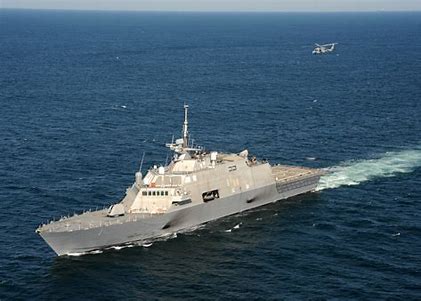
Born from a vision of versatile and adaptable naval power, the Littoral Combat Ship (LCS) was meant to redefine the U.S. Navy’s approach to modern threats in shallow coastal waters. However, this vision has been tarnished by a series of setbacks and criticisms, leading to a widespread debate about the program’s efficacy and future.

The LCS initiative, launched with hopes of creating a fleet of small yet robust ships, has become a symbol of government waste, prompting a reevaluation of America’s defense procurement strategies.
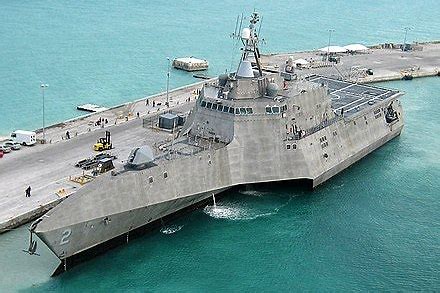
Designed to excel in the littorals—a maritime zone close to shore—the LCS has been beset by mechanical flaws, technical issues, and unreliable mission modules that have dramatically limited its operational capabilities.

One of the most glaring issues plaguing the LCS is its cost. Initially intended as an affordable solution for the post-Cold War era, the program’s budget has spiraled out of control, with billions of dollars invested into an endeavor that has largely failed to deliver on its promises.
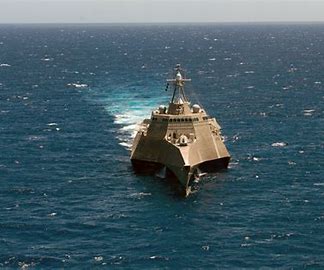
Each ship’s price tag climbed as the program progressed, contrary to the expectations that costs would decrease with each additional unit built.

These shortcomings have left the LCS more often in drydock for repairs than actively serving missions at sea. Such inefficiency has led to comparisons to the infamous waste of the late-stage Soviet Union, striking a dissonant chord with America’s historical reputation for military engineering excellence.
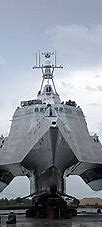
Despite the considerable investments made, the LCS’s mission modules—central to the ship’s conceptual versatility—remain a key weakness. The Navy’s aspiration for a “Swiss Army Knife” of the seas has been likened to ending up with a spork, a tool with limited functionality that is a far cry from the multifaceted asset that was anticipated.

Over the past two decades, the LCS program has wrestled with delayed schedules, vague design concepts, and the doubling of construction costs from initial expectations. As a result, once-planned mission packages, such as the anti-submarine and mine countermeasures technologies, have faced failures and cutbacks. The original fleet goal of 55 ships was reduced to 35, reflecting the diminished confidence in the program’s capacity to fulfill its intended roles.
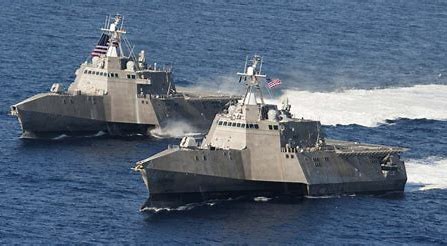
Nevertheless, Navy leaders remain steadfast in their defense of the LCS, pointing to recent strides toward improved warfighting flexibility and operational readiness. Notably, the LCS mine countermeasures mission package recently achieved initial operational capability, marking a significant milestone for the program.
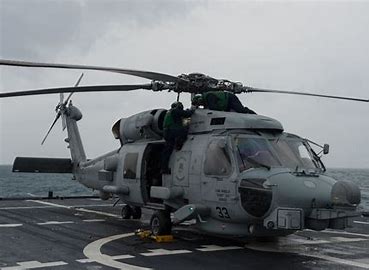
Both variants of the LCS—the Freedom-class and the Independence-class—have been critiqued for design choices that favor speed over survivability, drawing attention to the trade-offs made in the ship’s development process. The Freedom-class, a steel design by Lockheed Martin, and the Independence-class, an aluminum design with Austal USA now at the helm, both continue to undergo scrutiny.
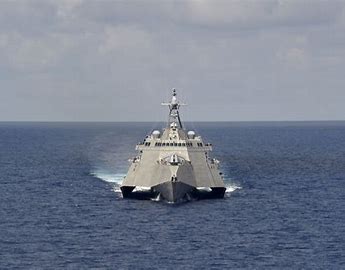
Amidst the criticisms, the program’s proponents have underscored recent developments aimed at enhancing the LCS’s efficacy. The Navy has shifted toward a greater reliance on trained crews rather than contractors for maintenance, thereby aiming to boost the ships’ material availability scores.

This approach is expected to yield greater self-sufficiency and enhance operational availability, as reflected in the recent deployment of the USS Charleston, which maintained an above-average material availability throughout its 26-month stint in the Western Pacific.
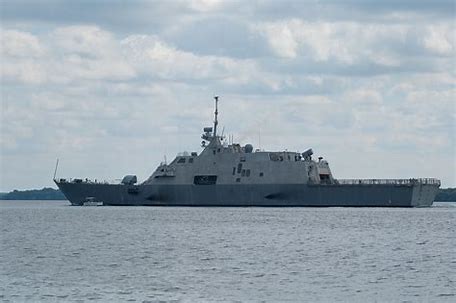
The LCS’s armament has also seen promising upgrades, with the installation of the Naval Strike Missile on Independence-class ships and plans for Freedom-class ships to follow suit. This missile system, characterized as a “ship killer,” represents a leap forward in the LCS’s lethality, a vital component in modern naval warfare.
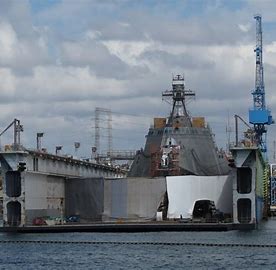
Unmanned aerial systems, such as Textron Systems’ Aerosonde drone, have been successfully integrated into the LCS’s arsenal, demonstrating its potential as a platform for intelligence, surveillance, and reconnaissance operations. These successes have buoyed hopes that the LCS could still become a cornerstone of naval operations, particularly in environments where its specific capabilities are best utilized.
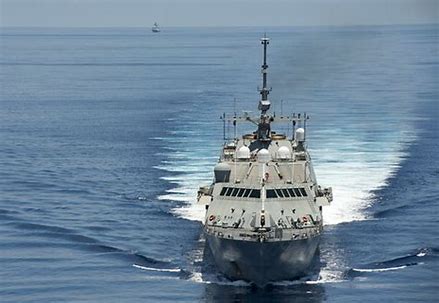
Despite these advancements, the LCS remains a topic of heated debate. While some herald the ship’s recent accomplishments as proof of its evolving role within the Navy, others continue to view the program as an example of flawed strategic planning and a cautionary tale in defense expenditure. As the Navy forges ahead, striving to vindicate the LCS, it remains to be seen whether this troubled class of ships can truly turn the tide and fulfill its originally intended promise on the high seas.
Relevant articles:
– Littoral Combat Ship: 3 Words the U.S. Navy Wants You to Forget, The National Interest
– Littoral Combat Ship Still Fighting to Prove Its Worth, nationaldefensemagazine.org
– Littoral Combat Ship, United States Navy (.mil)
